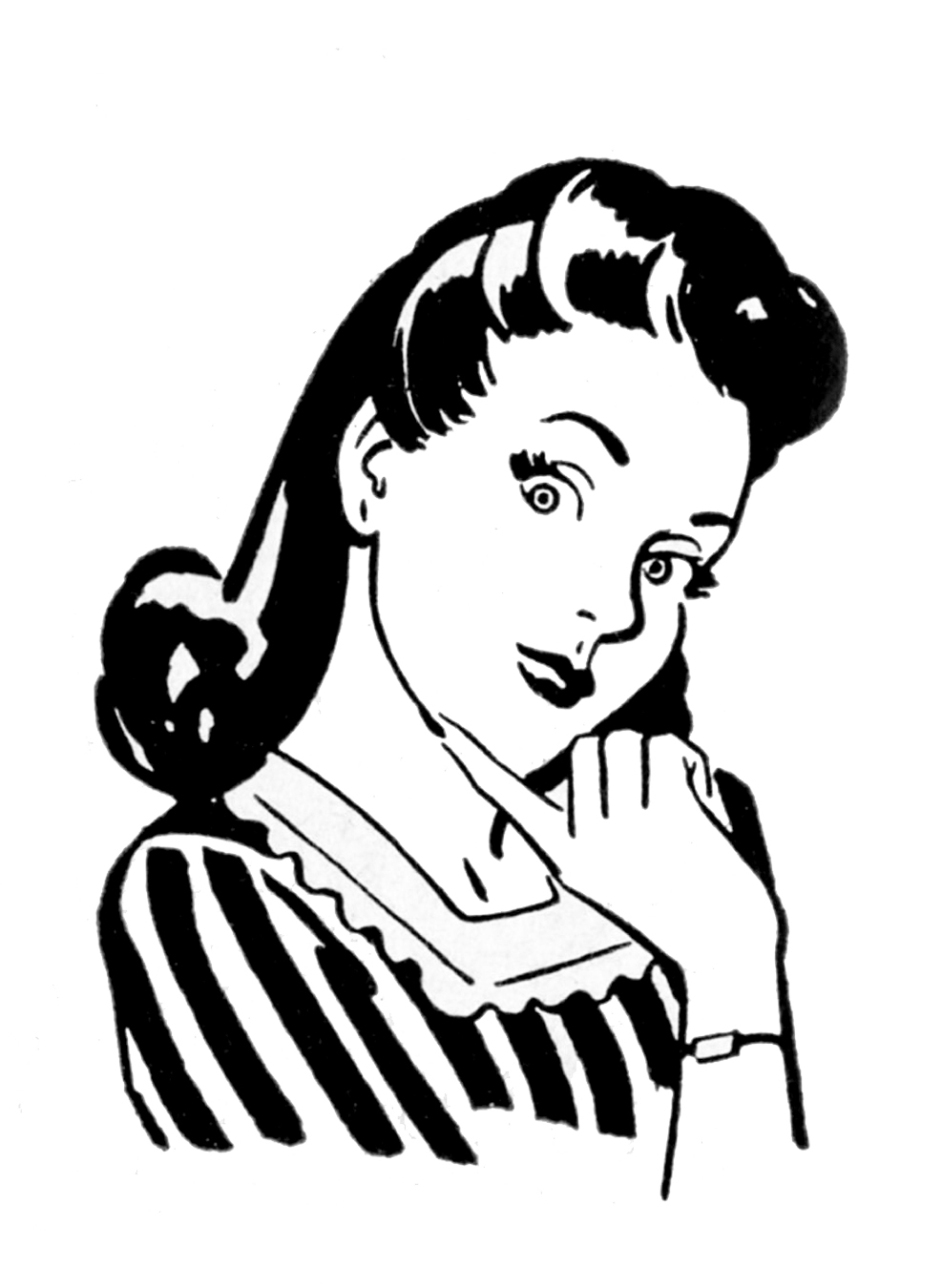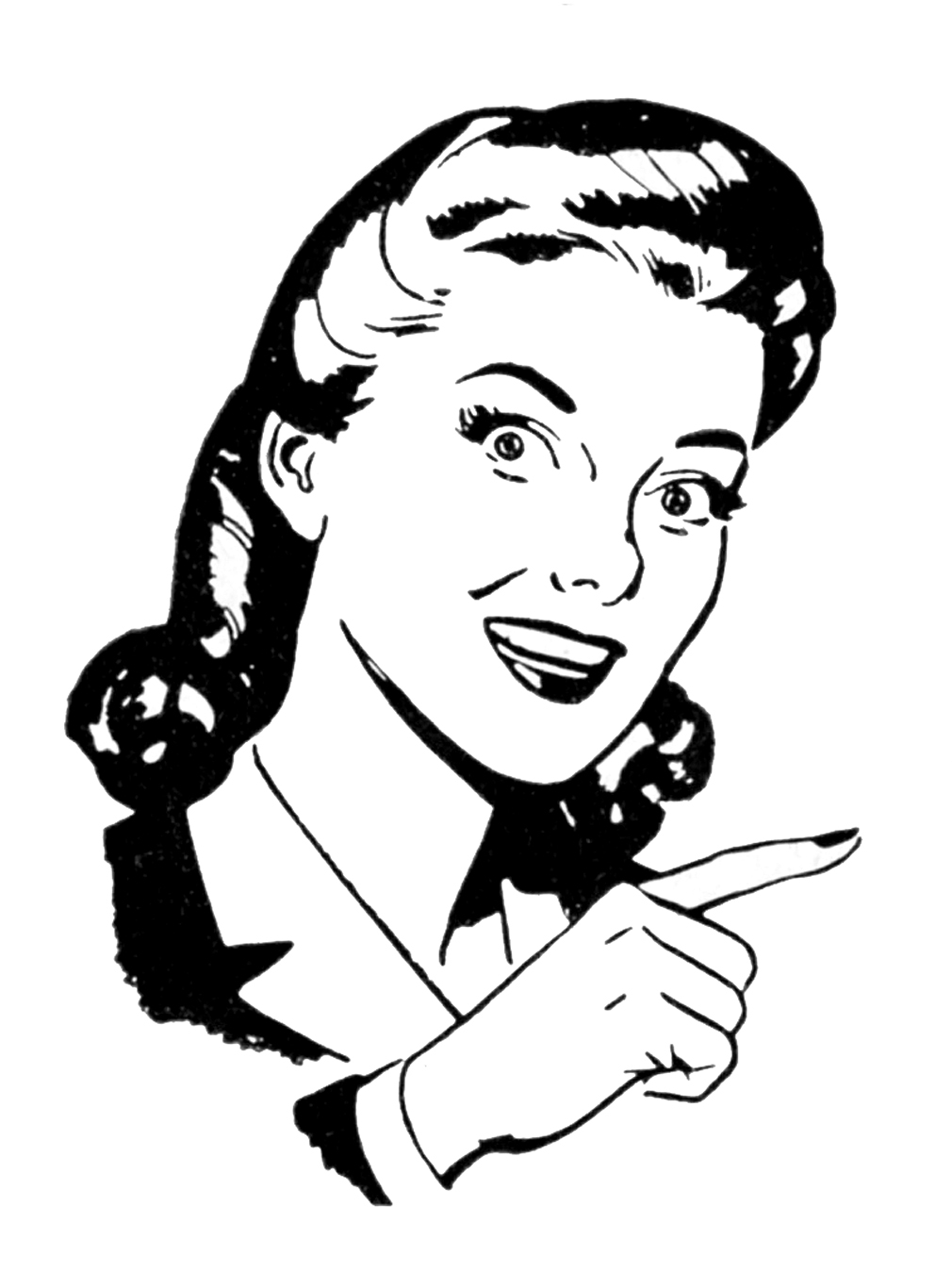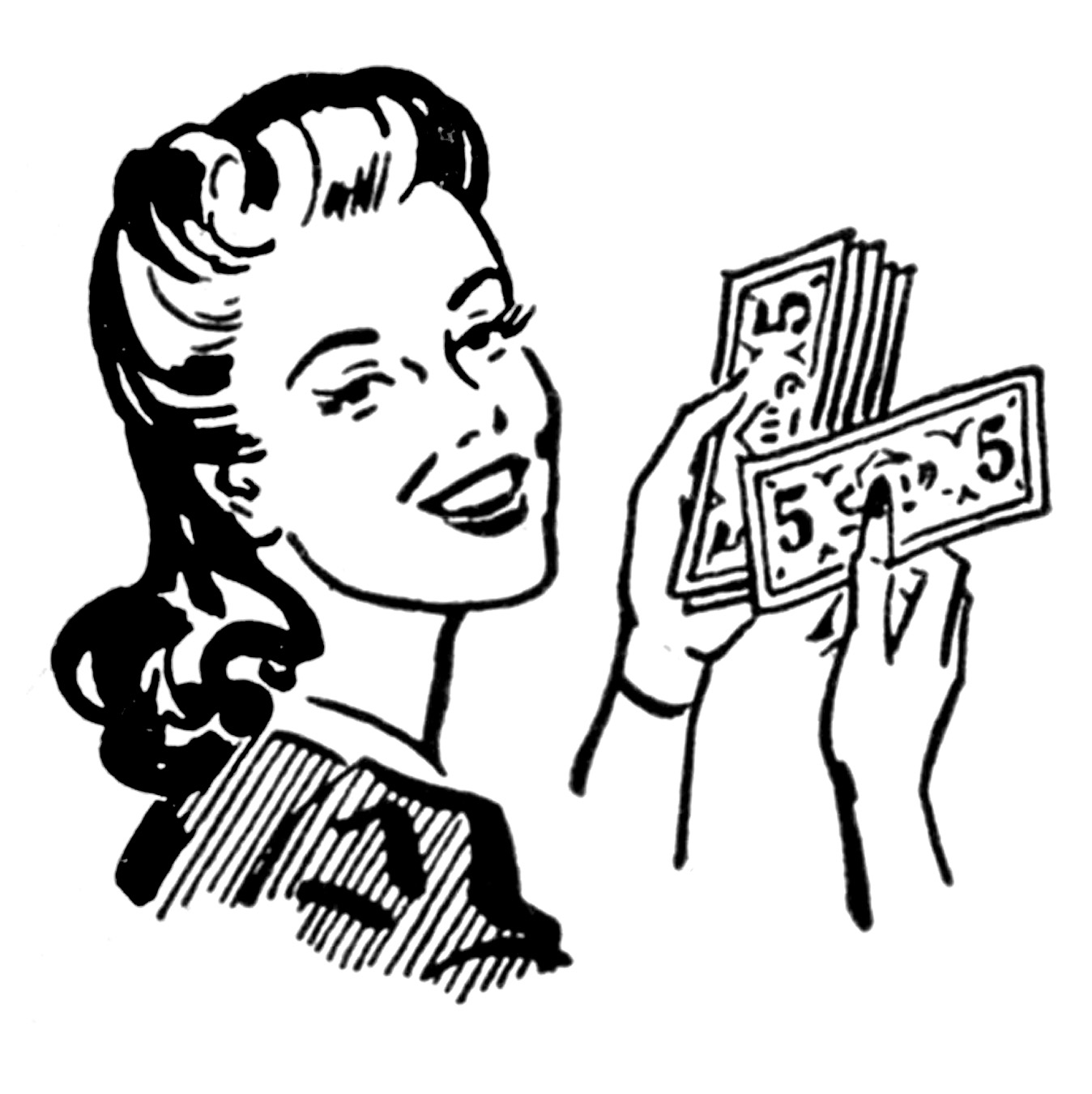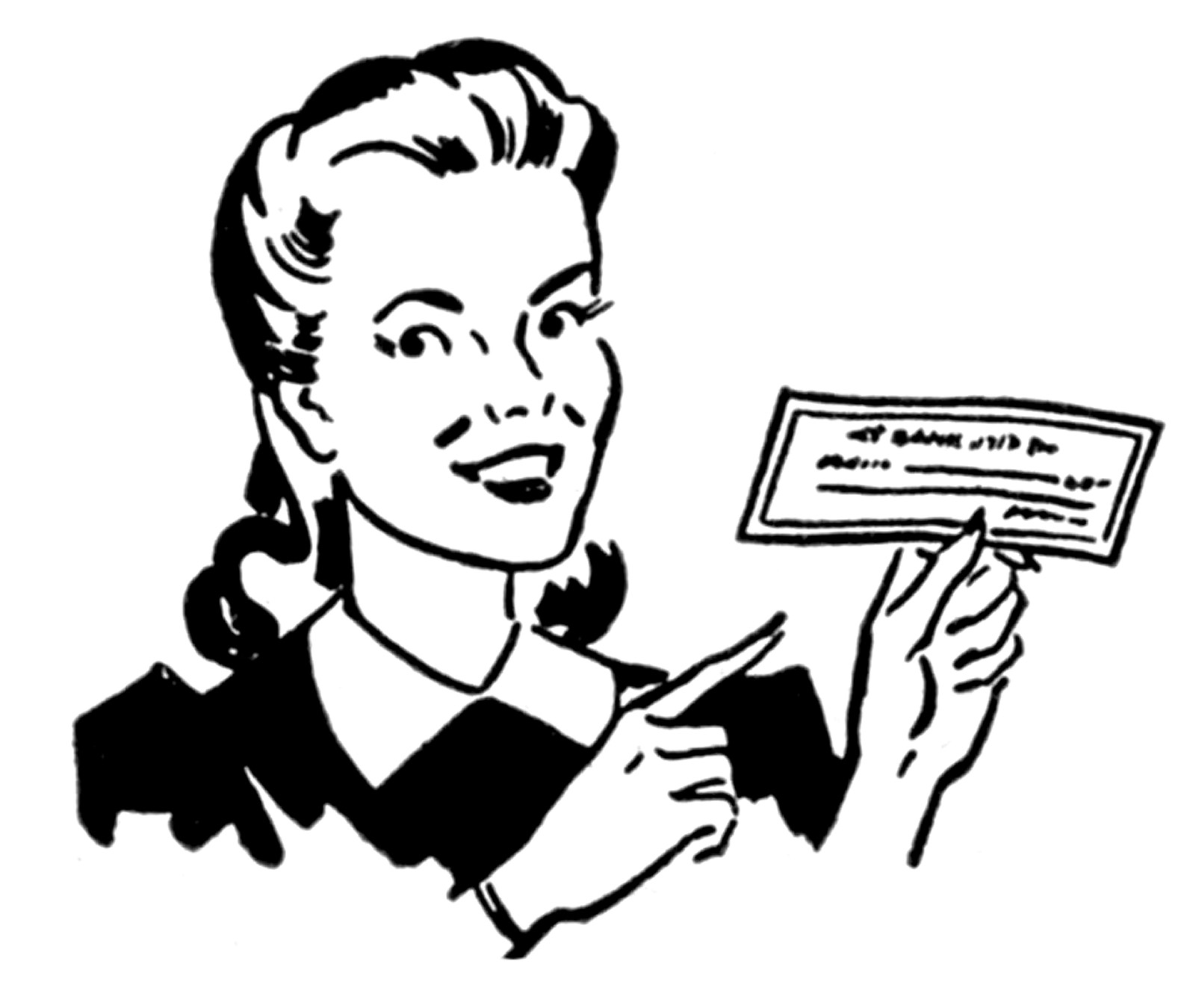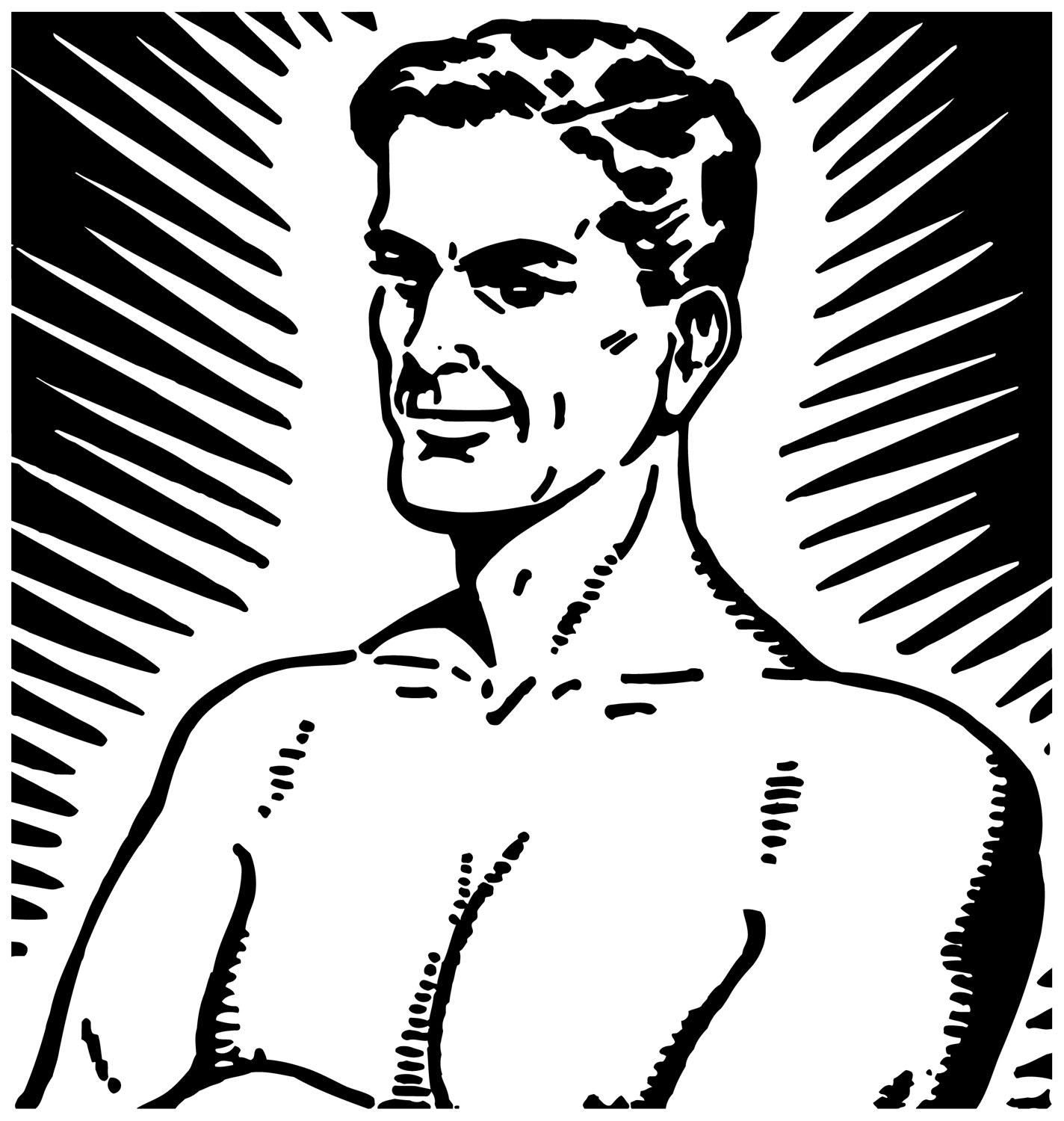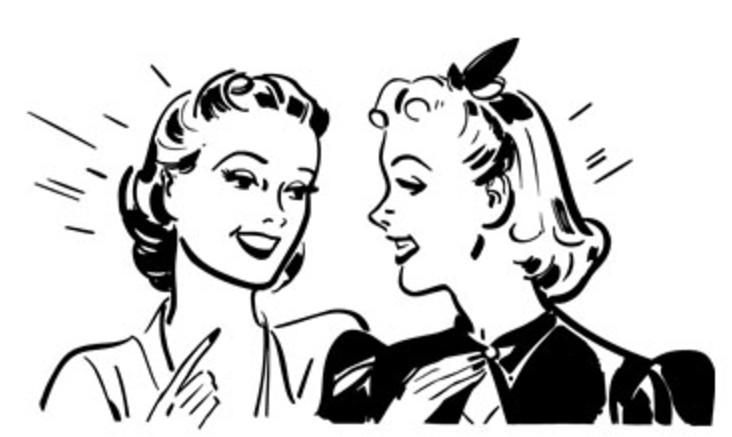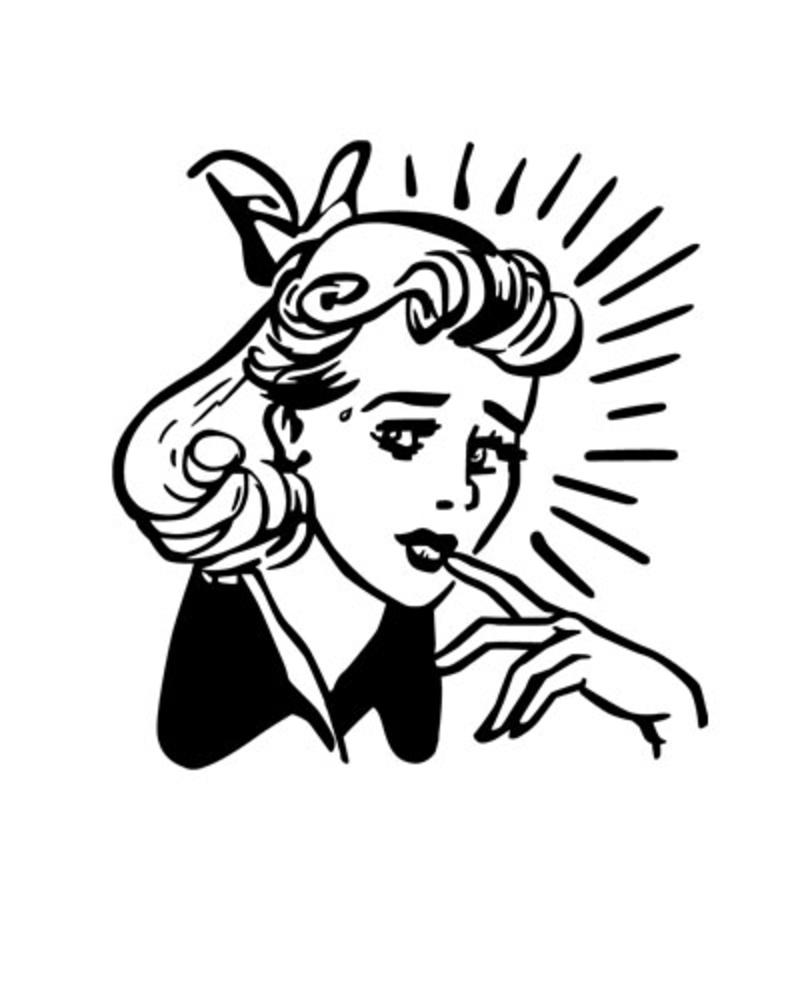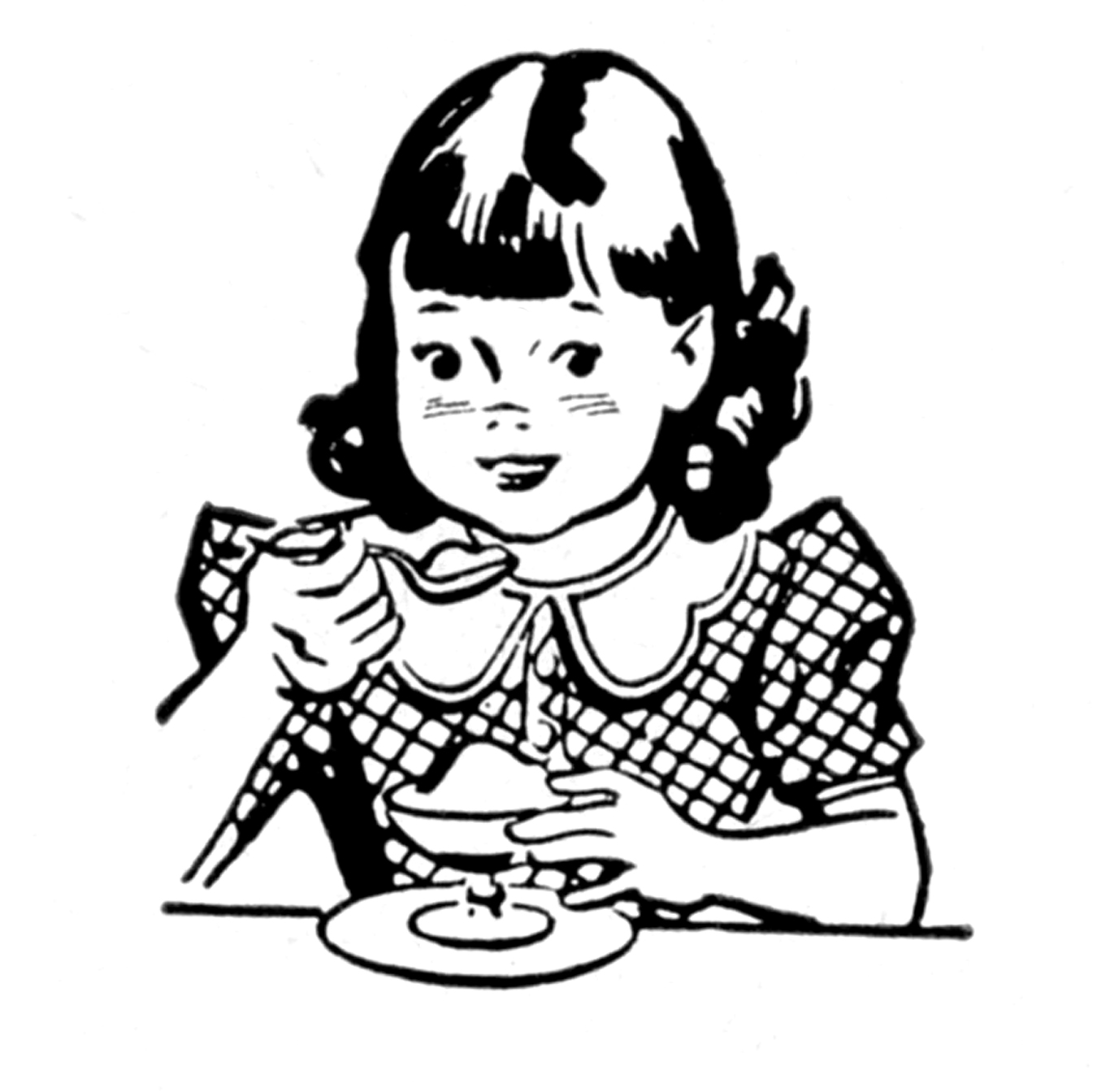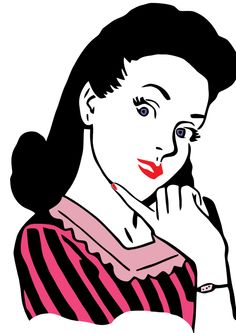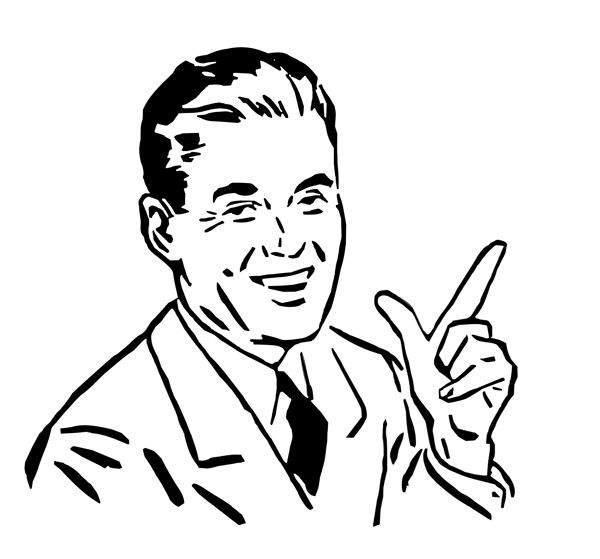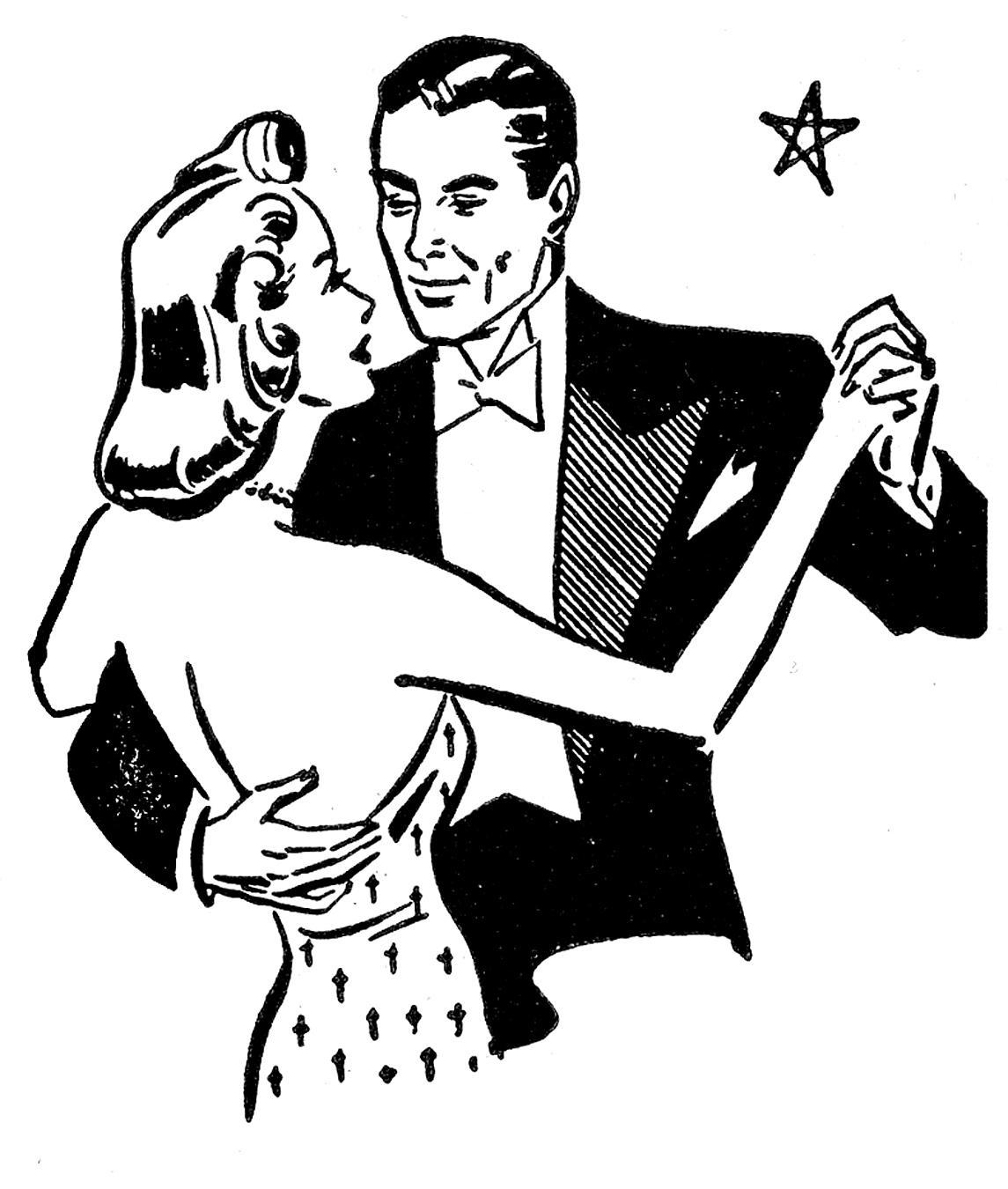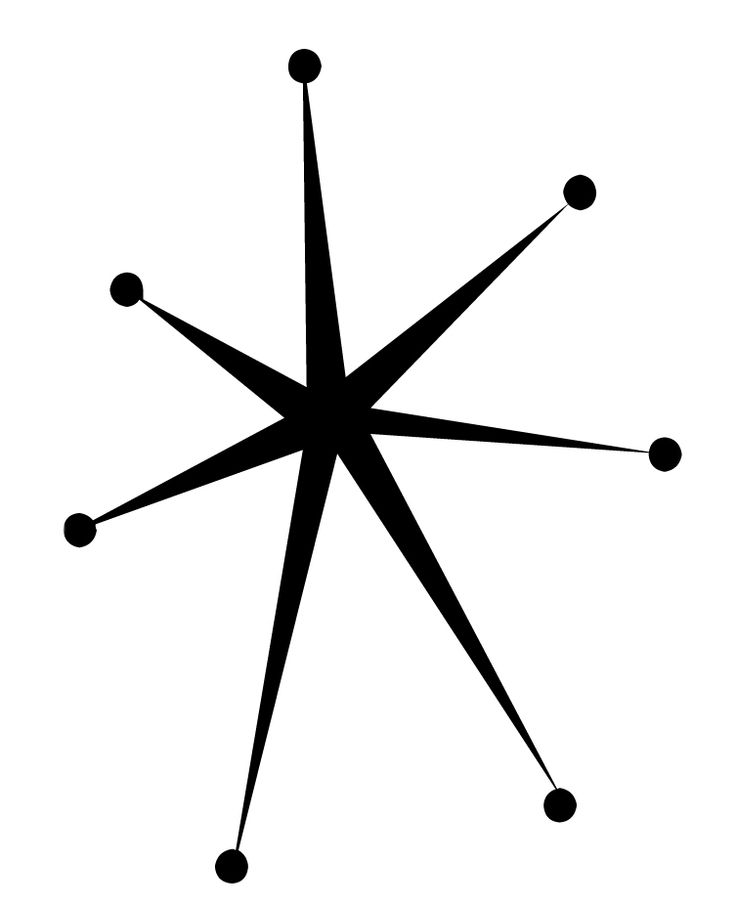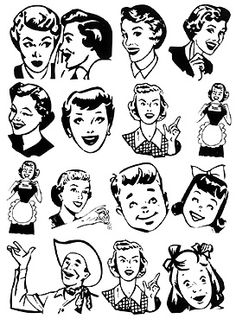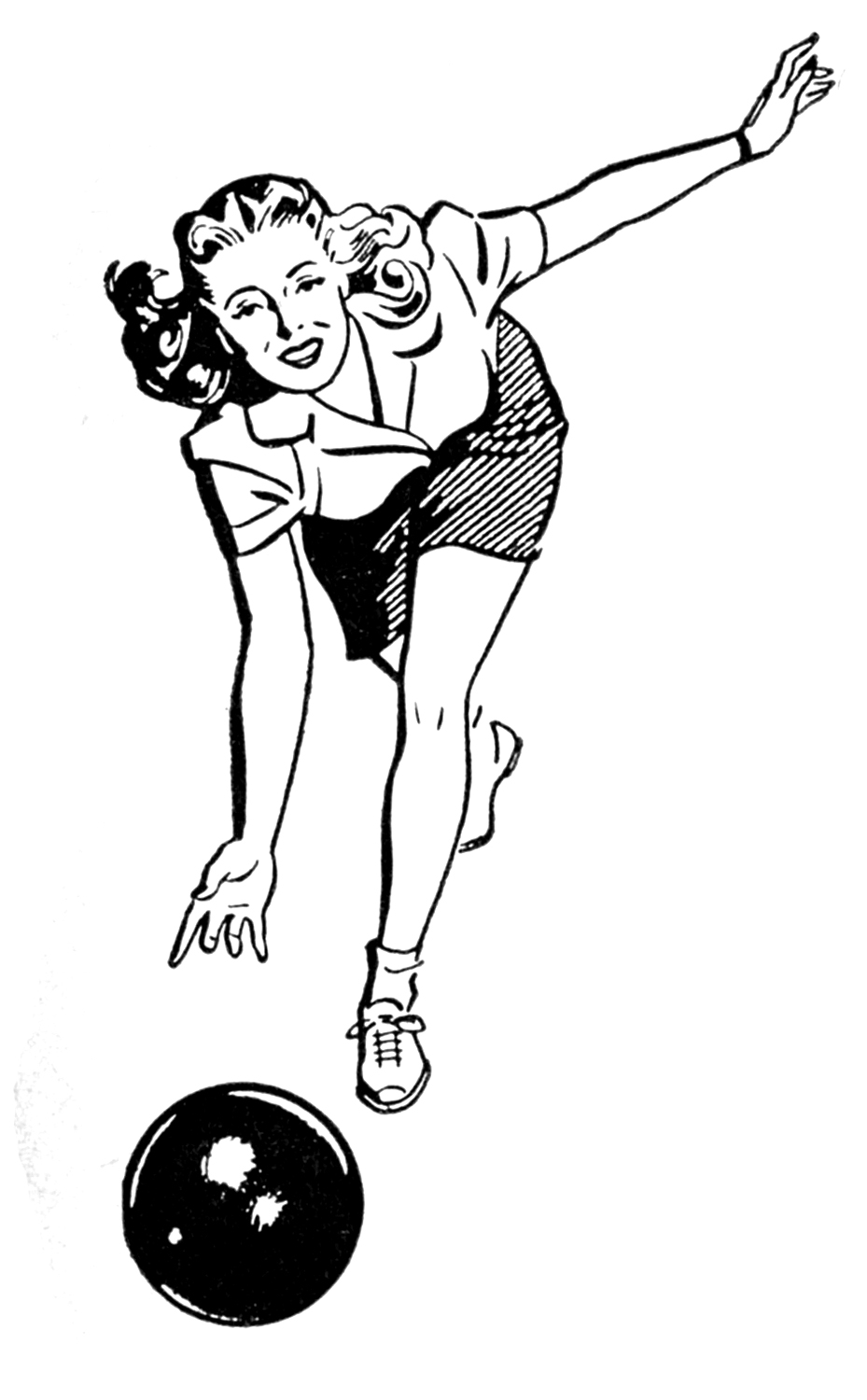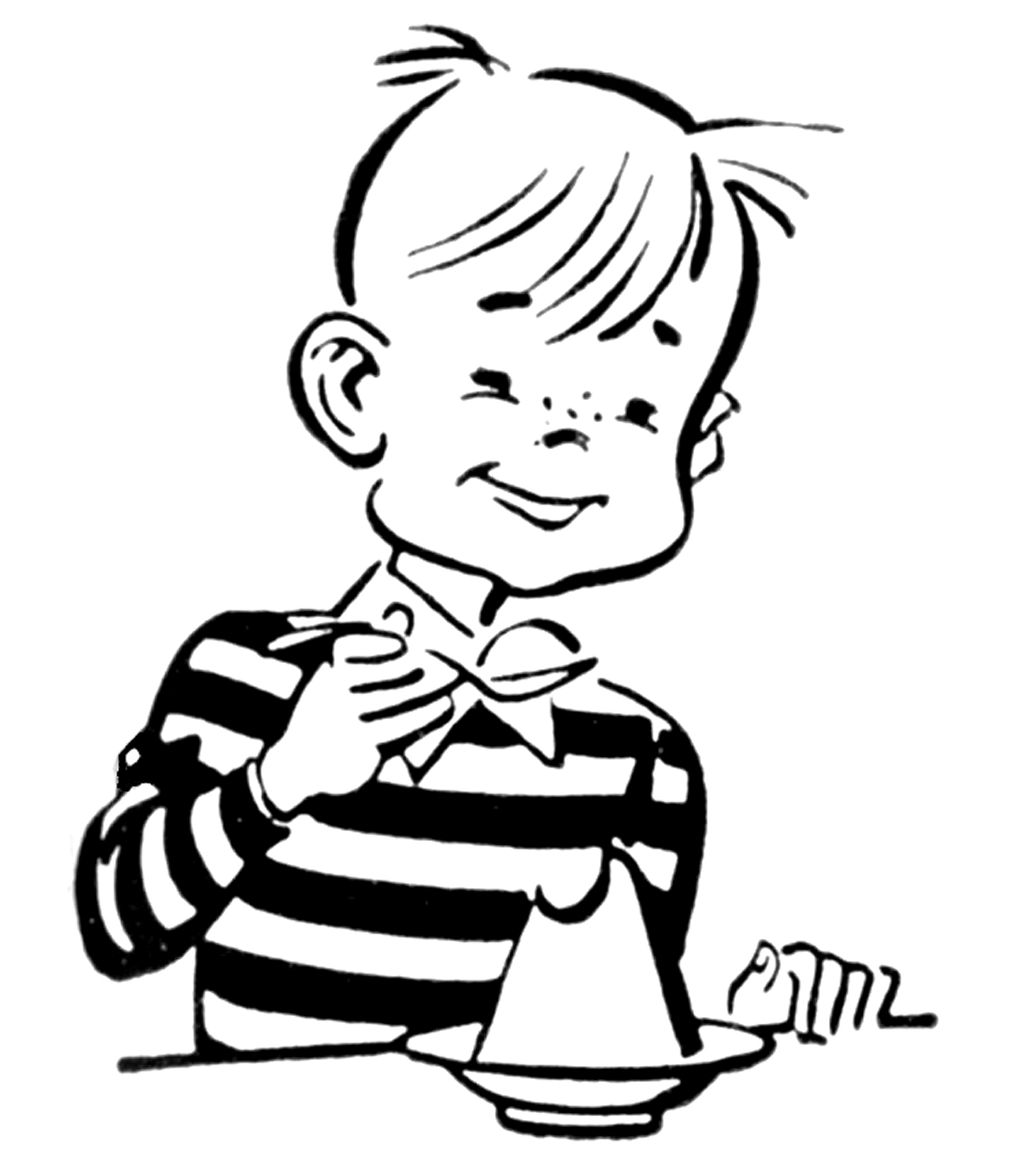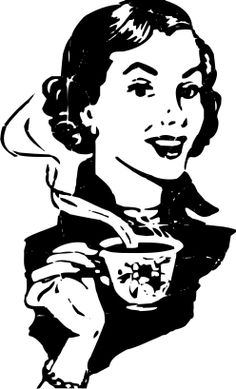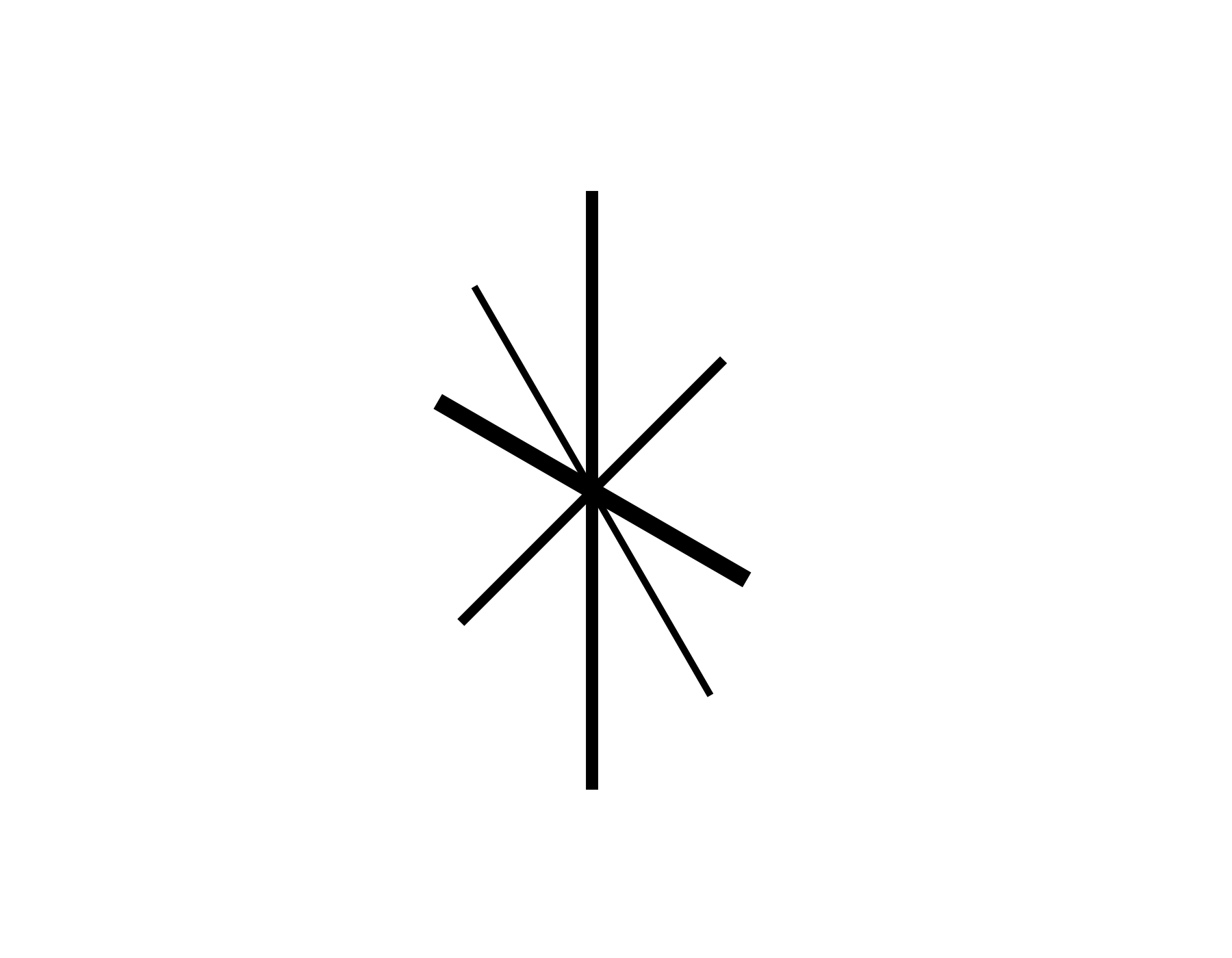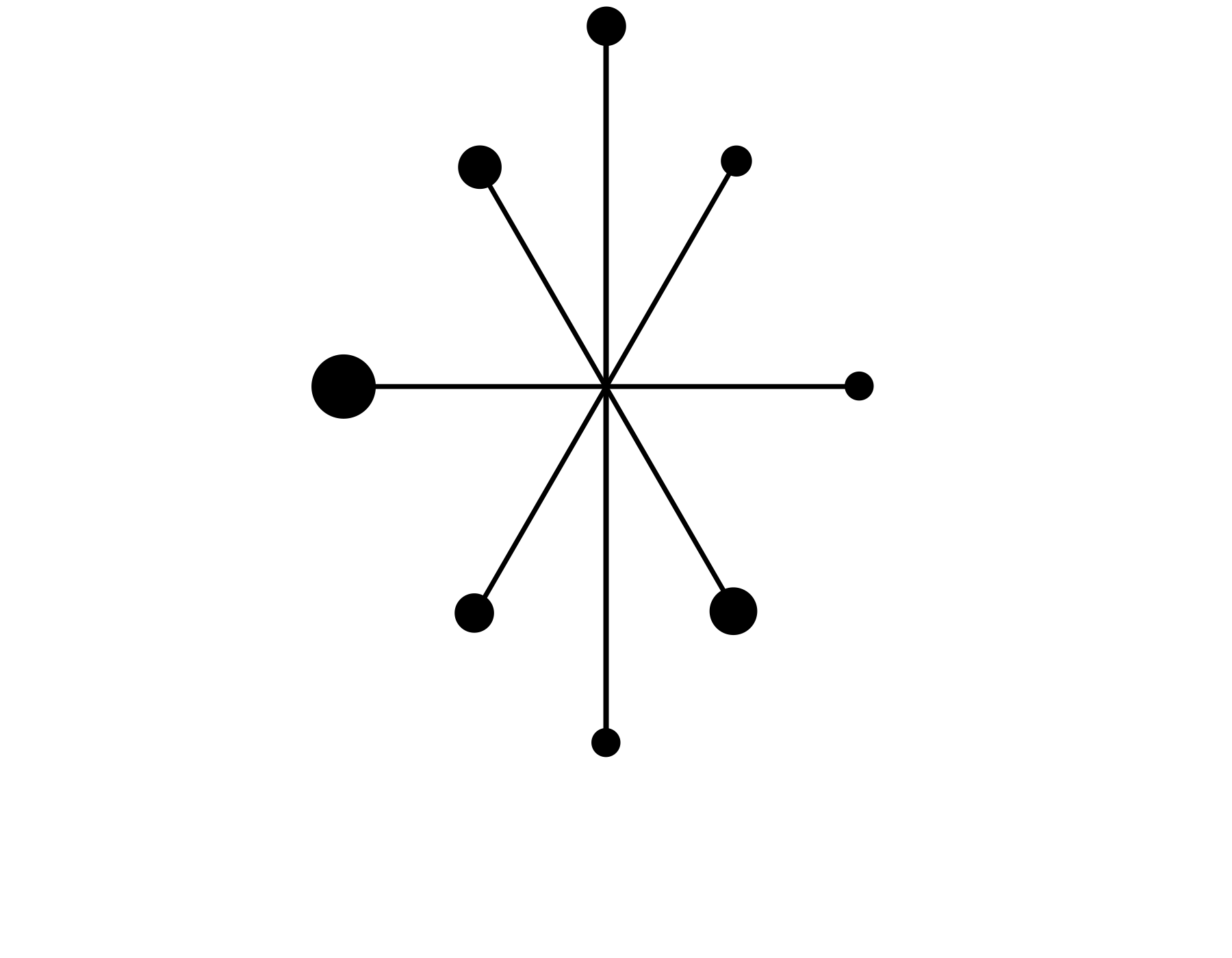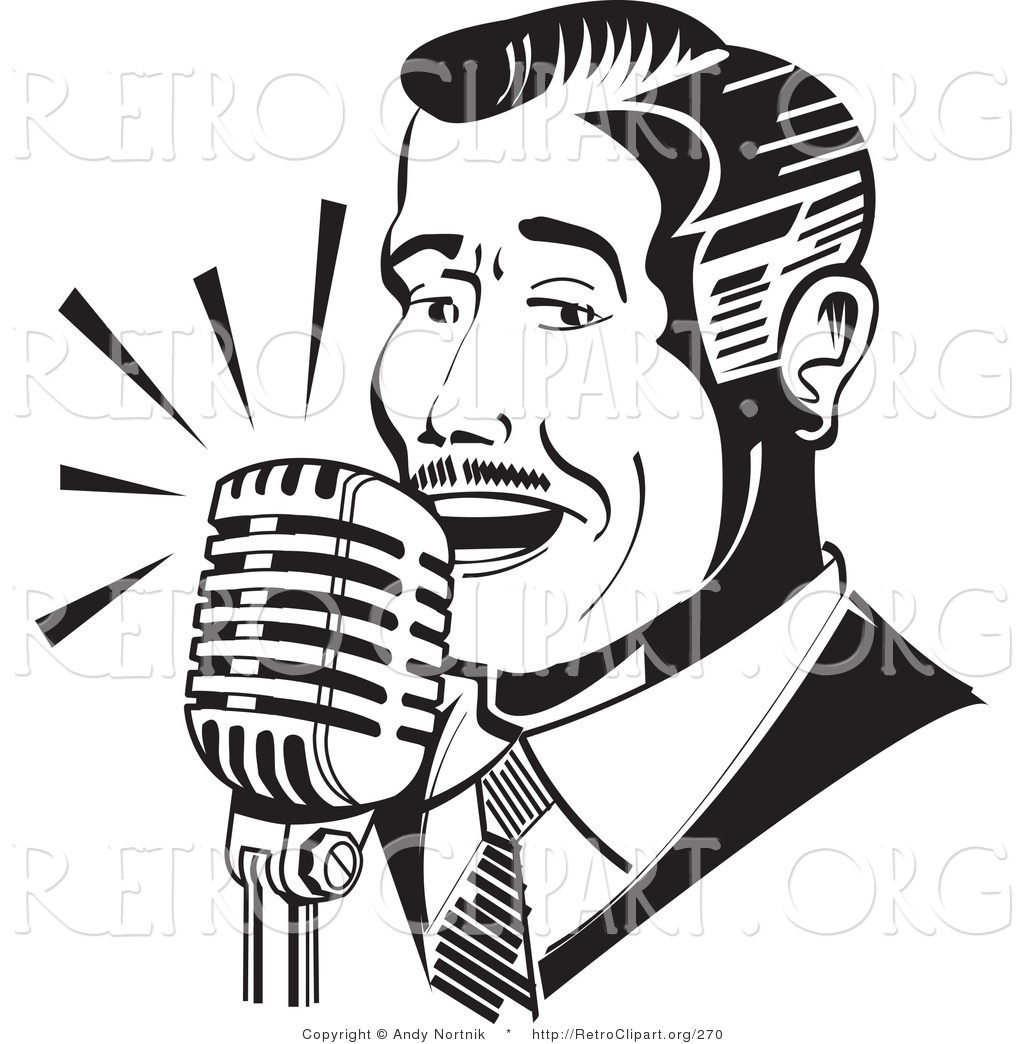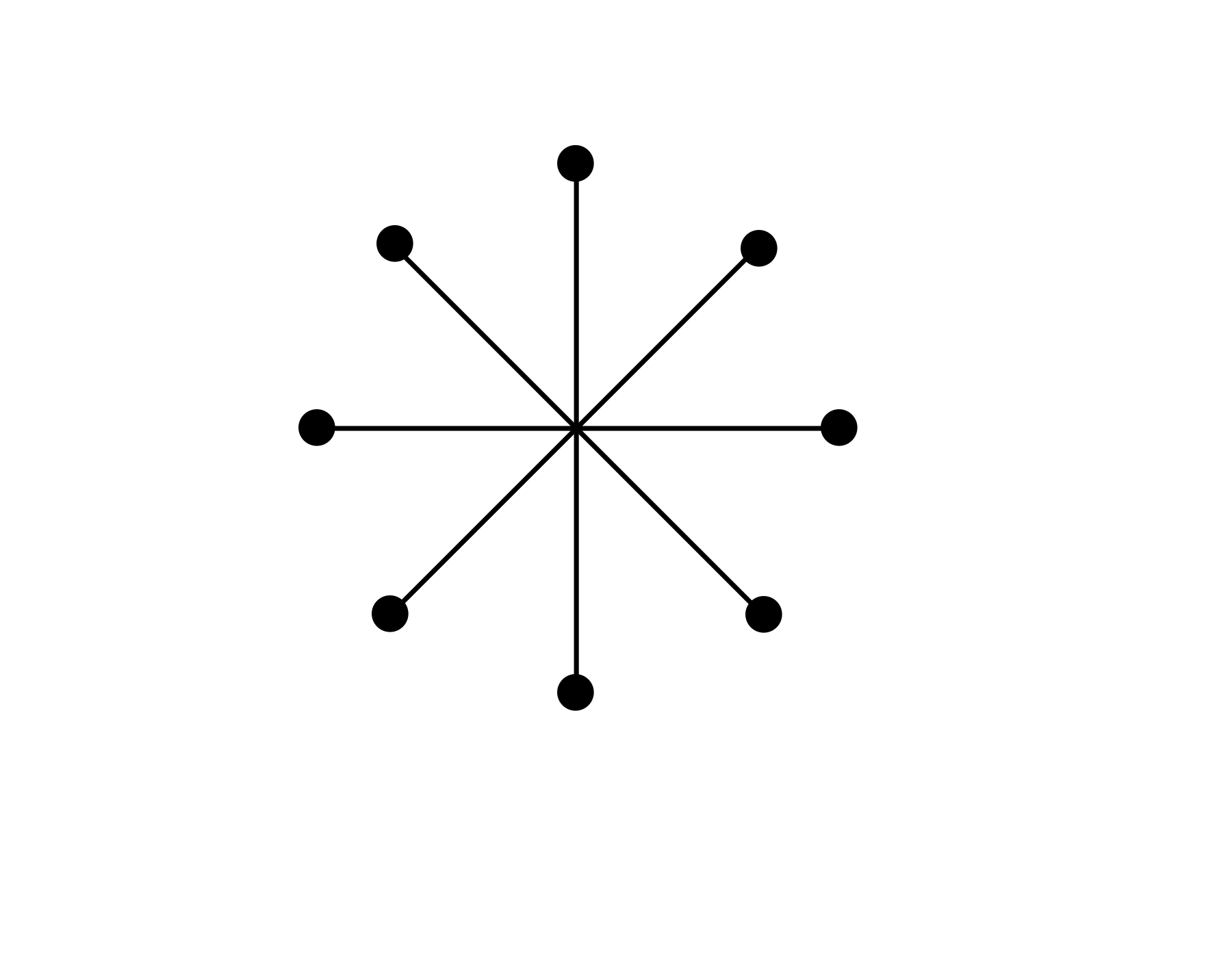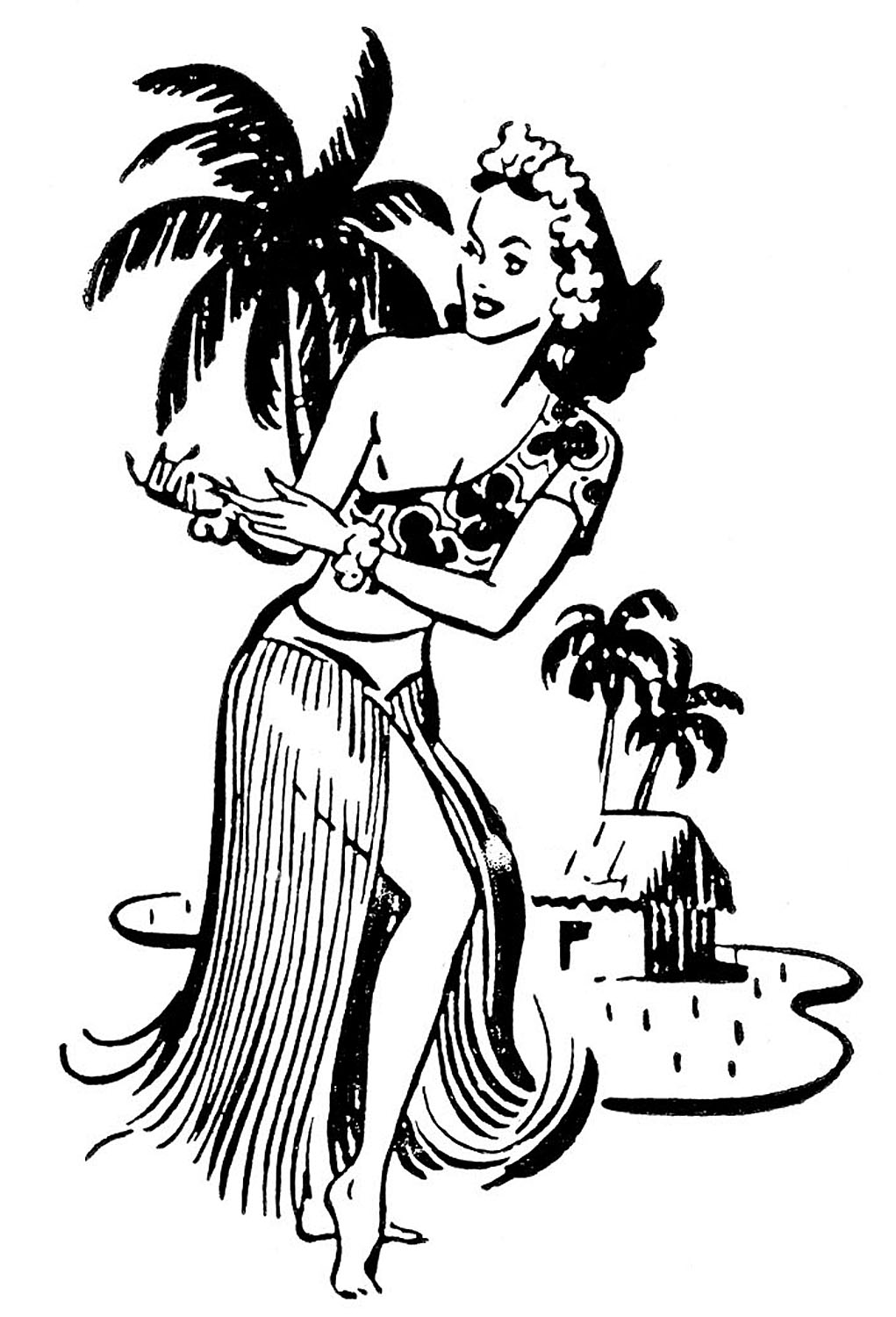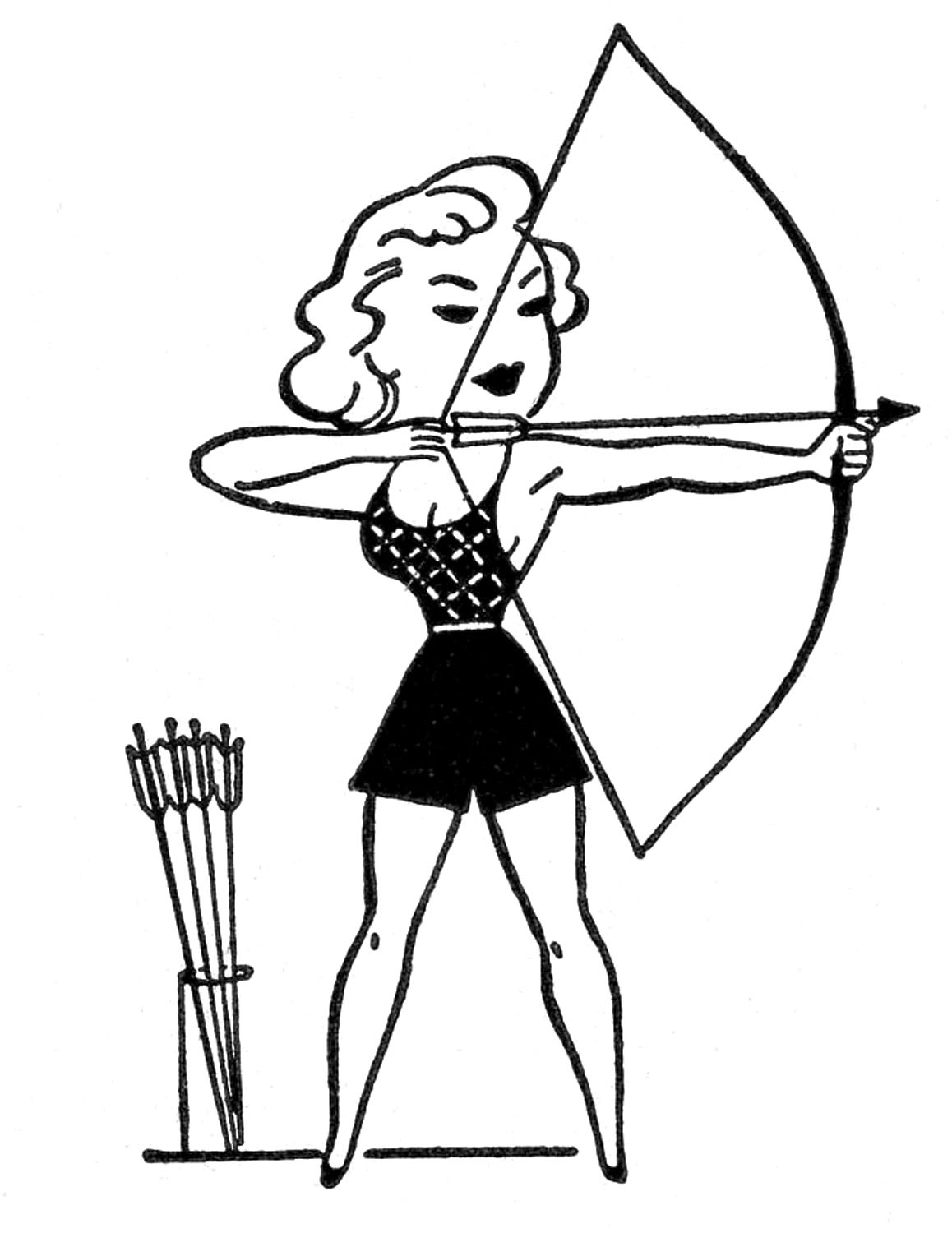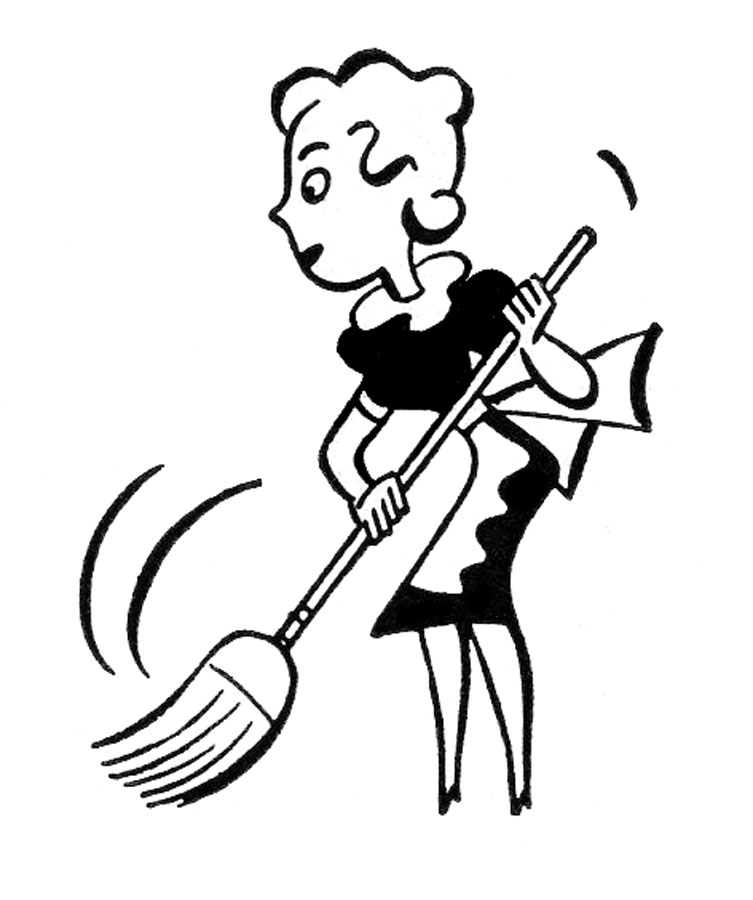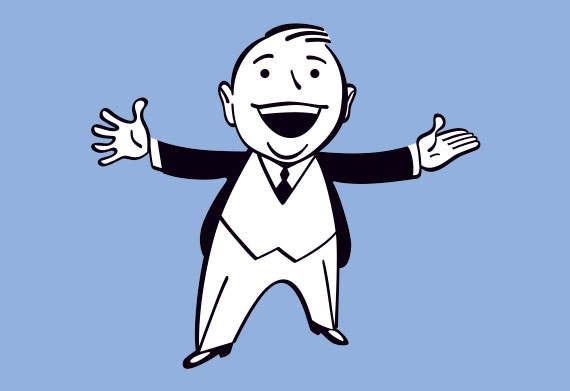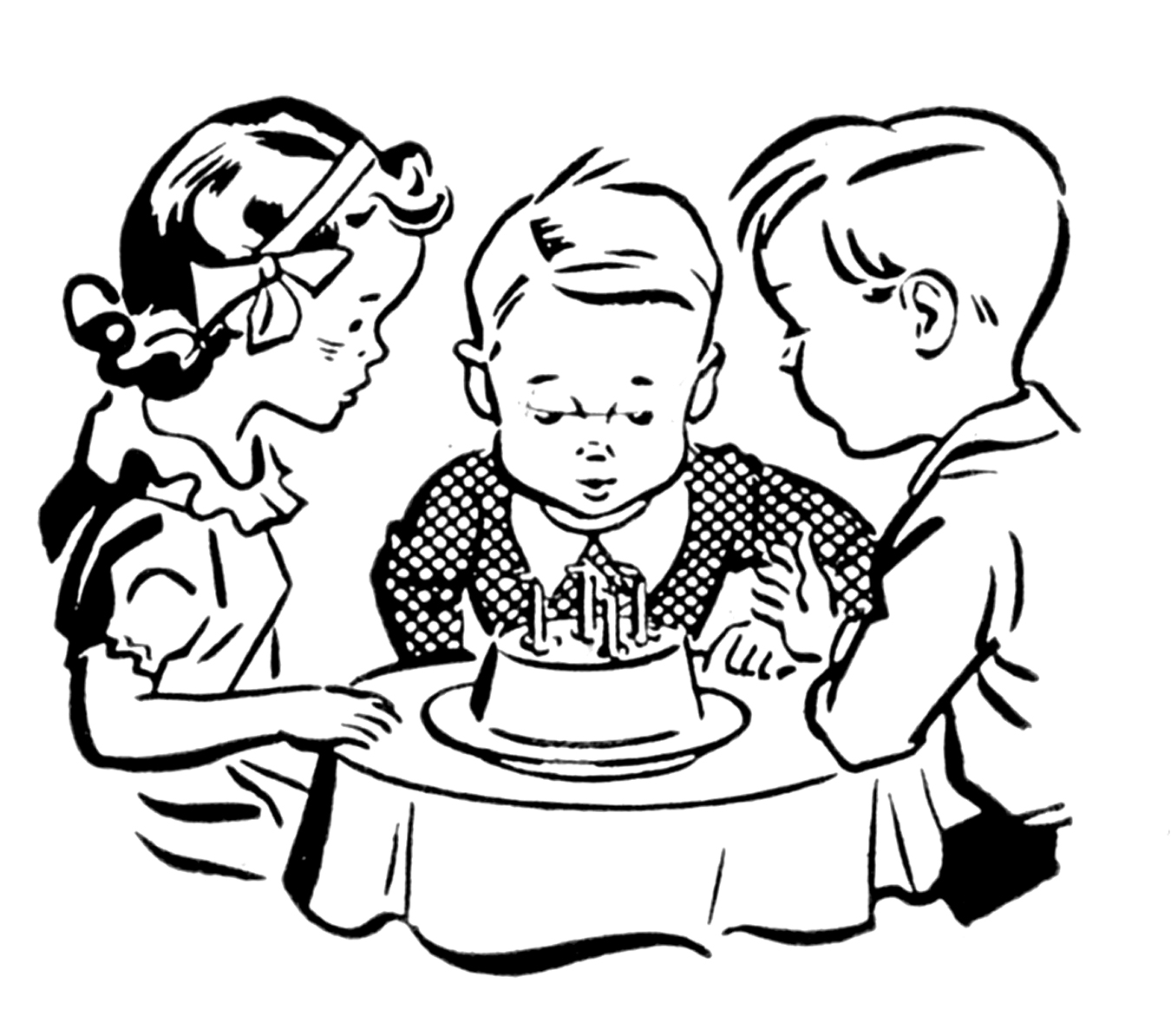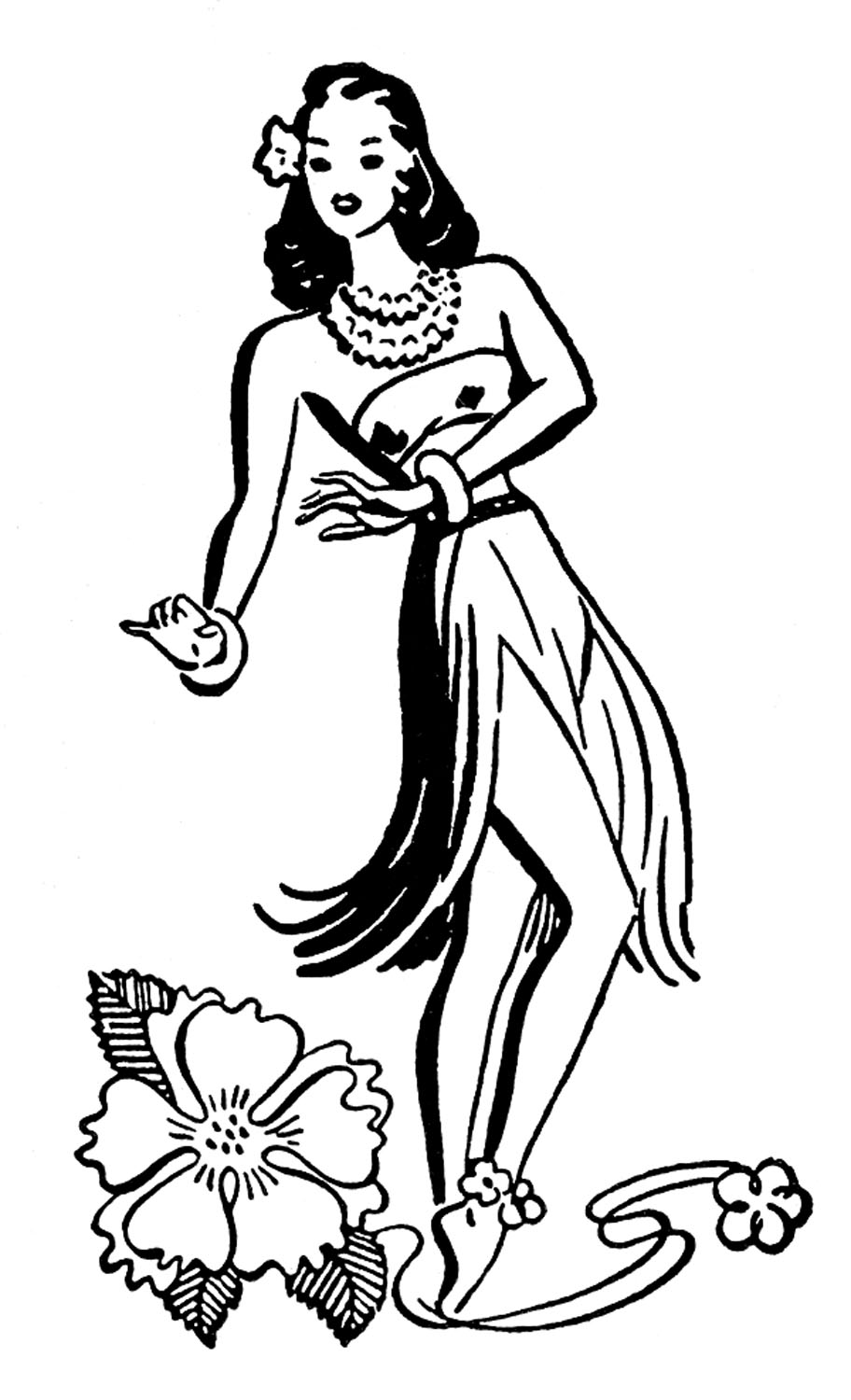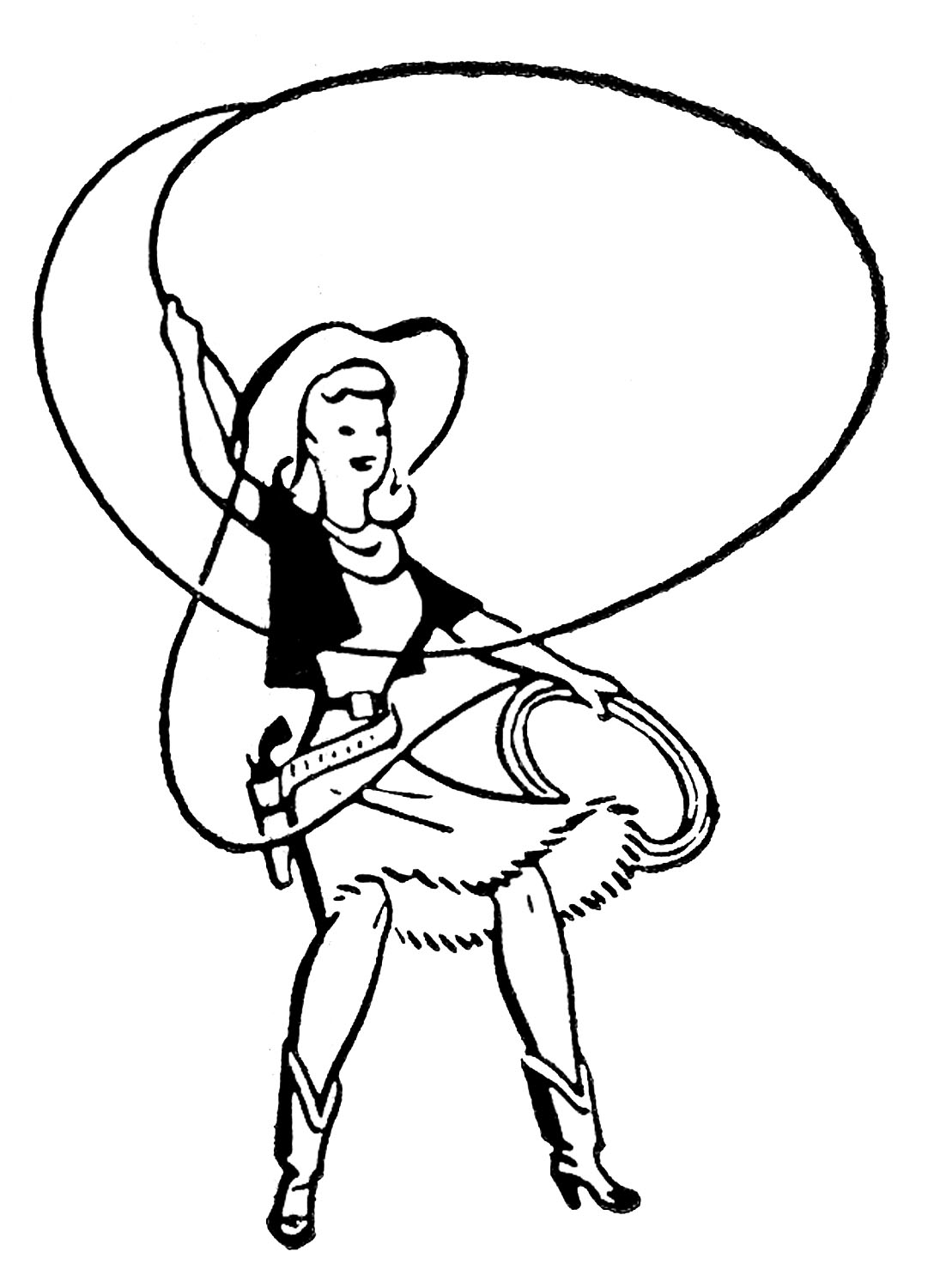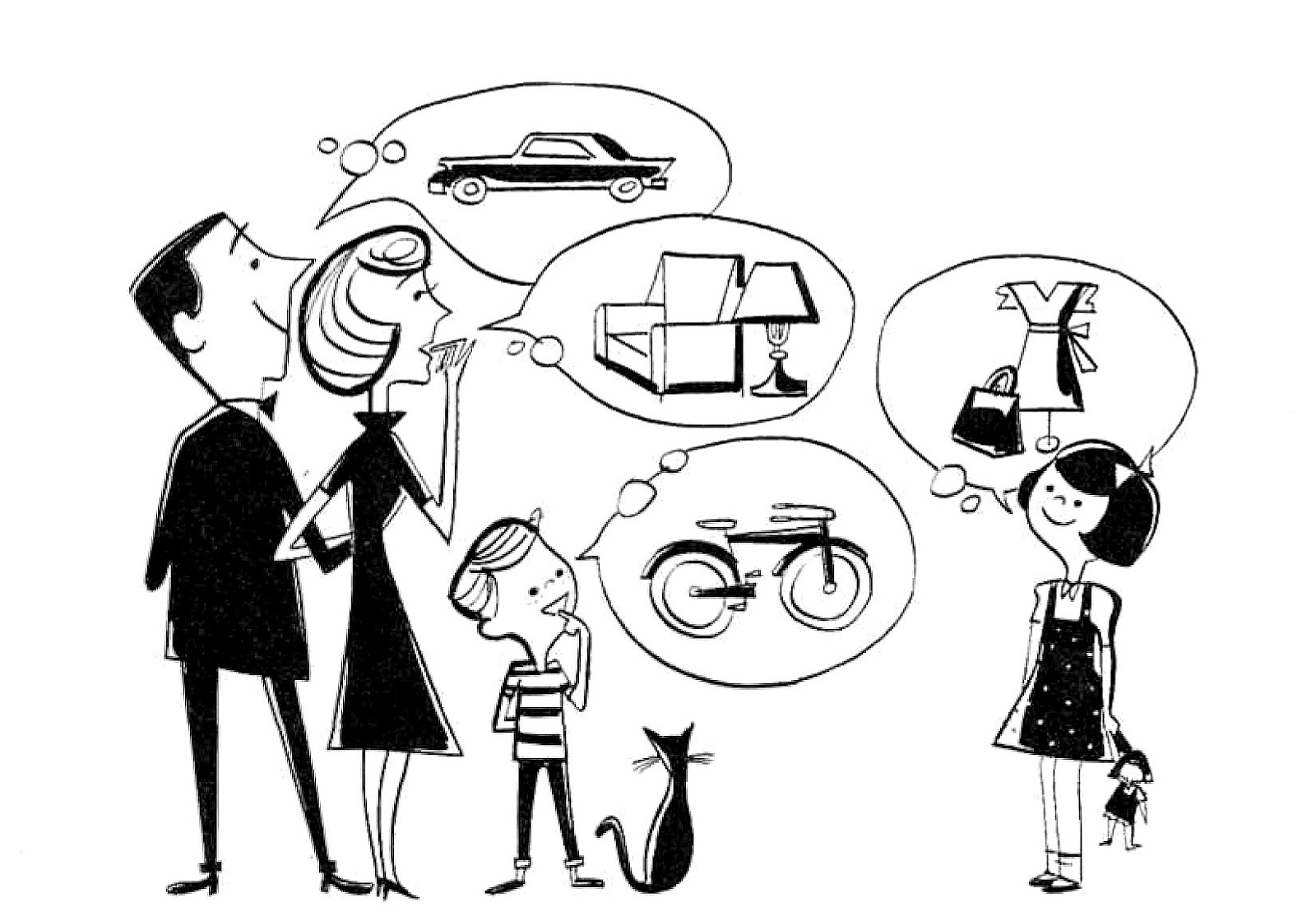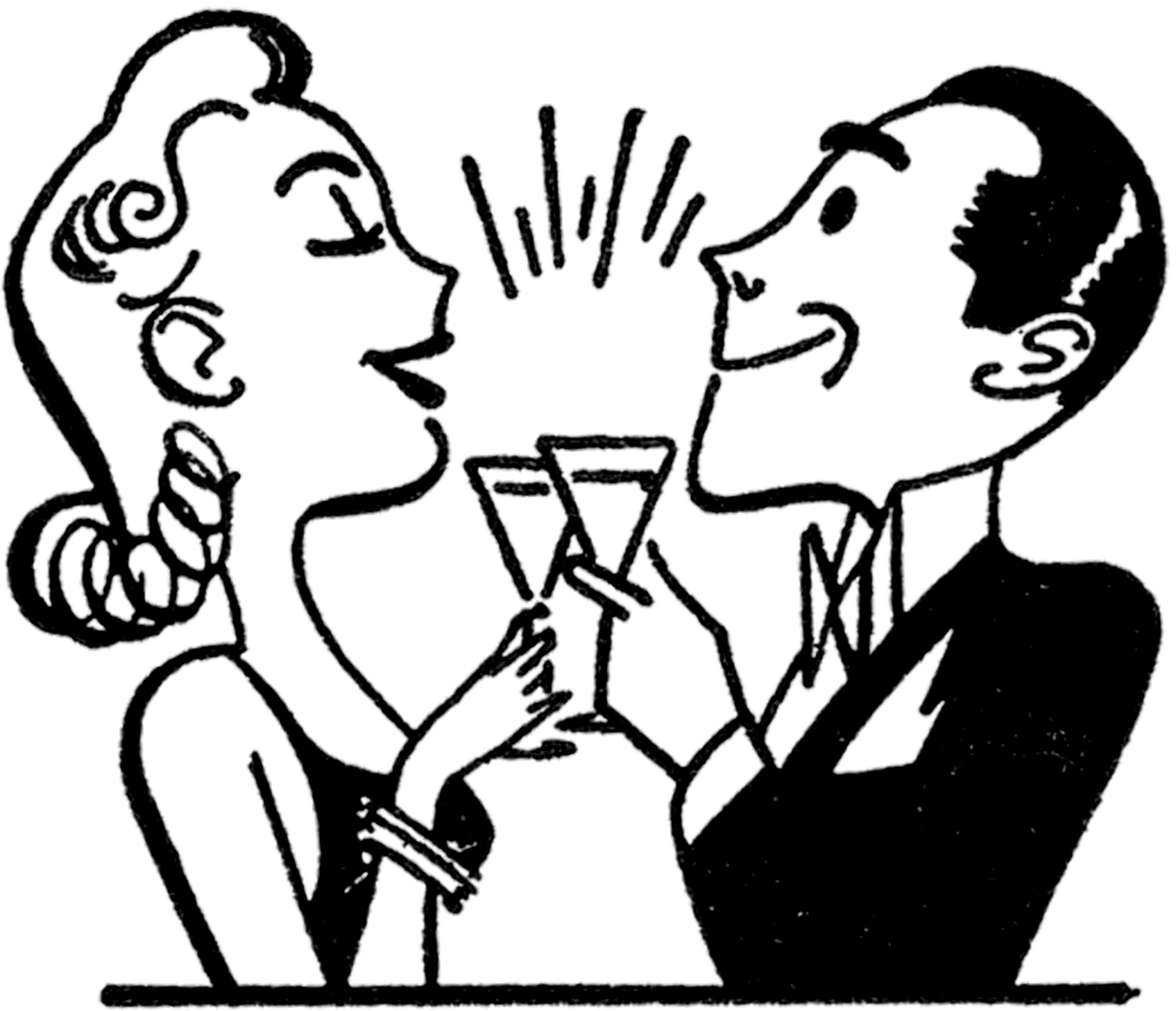Retro Clip Art
The nostalgic and vibrant style known as “retro” has seen a major resurgence in recent years. Characterized by its references to past eras through design elements like bright colors, geometric patterns, and old-school themes, retro has an undeniable allure that conjures feelings of nostalgia. This article will dive into all things retro – tracing its history, exploring its key aesthetic markers, discussing its prevalence across industries like fashion and interior design, and examining how it has influenced graphics and clip art.
Definition of Retro
Retro, short for retrospective, is a nostalgic style that emulates fashions, trends, cultures, and aesthetics from the past. More specifically, retro tends to focus on the mid-20th century, reviving styles from the 1920s to the 1980s. The term “retro” came into wide use in the 1970s, as there was increasing interest in nostalgic design recalling these eras. At its core, retro seeks to capture iconic “old-school” elements like classic cars, Art Deco motifs, black and white television, and more, often with an ironic or tongue-in-cheek tone.
History of Retro Style
Retro as we understand it emerged as a design concept in the 1960s, drawing extensively from visual styles of the 1920s-1950s. It really took off in popularity in the 1970s, permeating mainstream fashion, advertisements, architecture, and graphic design. Part of this retro craze coincided with 1950s nostalgia, as pop culture began revival old TV shows, cartoons, diners, and drive-in theaters from 30 years prior. However, the 1990s saw an even bigger retro comeback, as the styles of the 60s, 70s, and 80s were revived. From music to clothing, retro influences became prominent in youth culture and continued into the early 2000s. Nowadays we are even seeing resurgence of 90s retro alongside earlier retro styles.
Characteristics of Retro Design
Retro design and aesthetics typically demonstrate a number of distinct visual elements that recall the past eras it references, like:
- Vintage graphic themes – Woodblock-style imagery, Art Deco motifs
- Saturated colors – Earth tones popular in the 70s like mustard yellow, rust orange
- Geometric repeating patterns – Checks, polka dots, zig zags
- Old style typography – Cursive, script, distressed serif fonts
- Mid-century shapes – Atomic age geometry, circular shapes
- Nostalgic cultural symbols– Vintage advertisements, classic cars
These retro qualities evoke a sense of nostalgia and handmade charm that feels distinctly different from sleek, digital aesthetics popular today.
Popularity of Retro Style
Many factors have contributed to the comeback of retro style in recent years. As economy and technology rapidly advance, people often feel a collective longing for simpler times – something retro aesthetics allow us to reconnect with. Mass media has also played a key role; entertainment like period dramas have brought old eras into focus, while remakes of older IP and franchises have reintroduced retro to younger audiences. From vintage fashion prints to shows like Stranger Things, retro has become a prevalent staple across industries. Many companies leverage retro’s familiarity and nostalgia factor for PR and advertising as well. With retro offering comfort and optimism amid trying times, its not hard to see why it continues to have mainstream appeal generation after generation.
Retro in Fashion
Retro style has enduring popularity within the fashion world. Retro fashion tends to resuscitate and reinterpret iconic clothing pieces, accessories, and graphic prints from past decades. Current trends reveal strong retro influence – high waisted jeans and cropped tops channel 70s style, shift dresses and cat eye makeup take 60s cues, exaggerated collars and shoulder pads reflect 80s power dressing. Leading brands like Louis Vuitton, Prada, and Coach are also vaulting back to their archival launches for inspiration. On runways and streets everywhere, retro fashion continues to make a statement by celebrating the old school.
Retro in Interior Design
Beyond apparel, retro style is a popular staple across interior design as well thanks to its hearty dose of nostalgia and kitsch. Mid-century modern furniture with slim tapered legs, rounded edges, and low profiles provide that iconic 50s/60s retro feel. Designers also integrate decorative retro knick-knacks like rotary phones, vintage radio models, or metal factory signs. Using retro color palettes – think ice blue, mint green, or coral – and geometric prints and motifs are other common ways retro finds its way into home decor. Shows like Mad Men have also sparked interest in recreating mid-century modern interiors. From living rooms to hotels and restaurants, retro design brings plucky vintage charm to a variety of spaces.
Retro in Graphics/Clip Art
Alongside the fashion and decor movements, retro aesthetics have also always widely influenced graphic design and illustration. Especially with the popularity of flat graphics, clip art posters, and badges recently, artists leverage retro’s playfulness and nostalgia while putting modern spins on it. Retro graphics often feature vibrant colors, simple cartoonish illustrations, geometric patterns, and old-timey imagery – classic cars, TV sets, diners. Text phrases, packaging prints, websites, stationery, and more integrate these retro graphic elements today to capture that quirky old-school mood.
Creating Retro Clip Art
While retro resources exist, artists today also commonly craft custom retro graphics and clip art. Basic practices include using bright palettes with variants like faded colors or duo-tone for depth, hand drawn/painted textures, mock vintage cracks and imperfections. Illustrations tend to feature simplified cartoon styles reflecting mid-century aesthetics and cultural symbols. Artists may also stylize typefaces to have incomplete or dotted letterforms, mimicking printing limitations of bygone eras. Programs like Procreate and Photoshop have brushes and filters that adeptly emulate retro artistic effects as well. Blending digital techniques with handmade touches allows artists to produce unique retro clip art.
Uses of Retro Clip Art
Retro clip art sees wide use across print and digital media today. Brands integrate retro graphics to evoke nostalgia across packaging, merchandise, websites, and more – think Instagram filters using old cartoon styles. Independent artists and small business owners might decorate invitations, labels, cards, banners, and other collateral with retro imagery. Scrapbooking, mood boards, or DIY projects also benefit from retro clip art to add pops of color and creativity. Email newsletters, online articles, and social media posts use retro graphics to grab attention in style as well. Retro clip art continues to steal hearts – and serve functional branding purposes – with its bubbly charming aesthetic.
In this page clipartix present 46 retro clipart images free for designing activities. Lets download Retro Clip Art that you want to use for works or personal uses.
